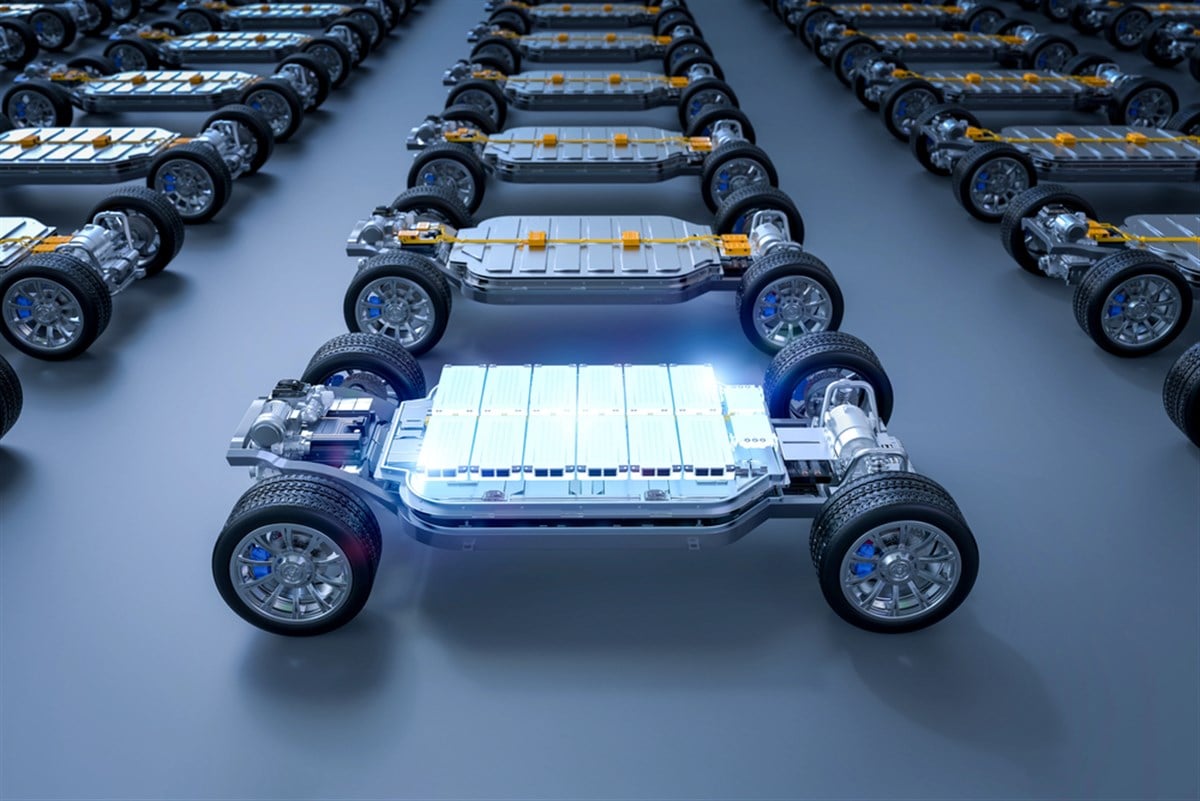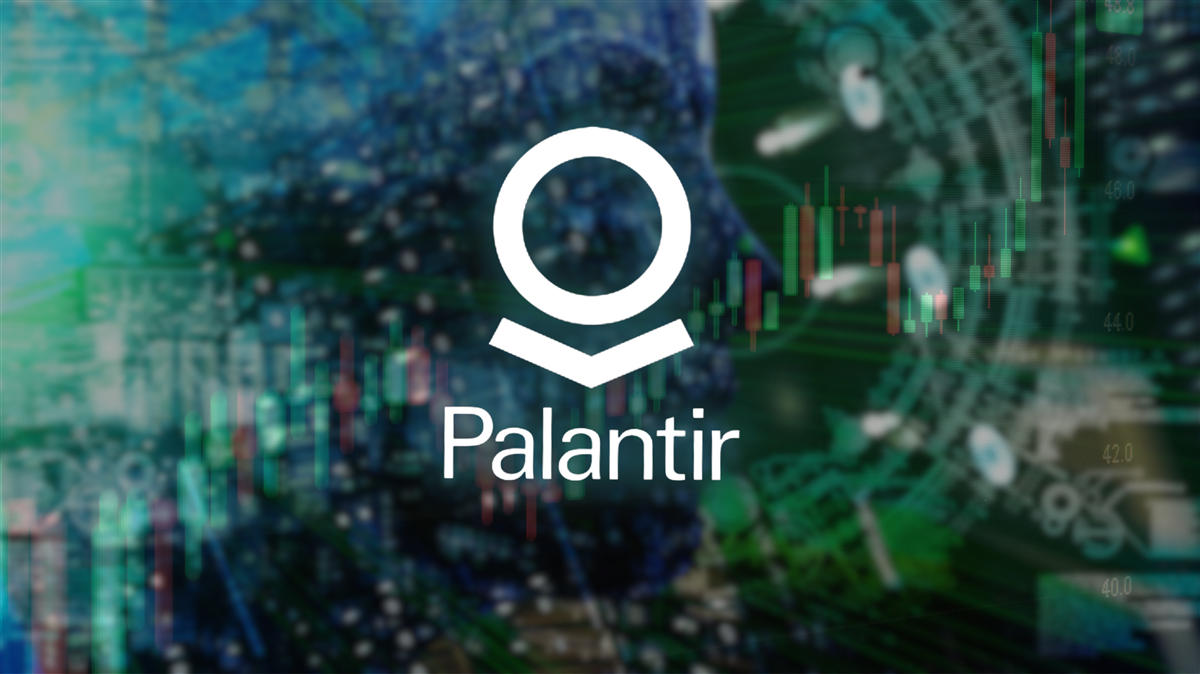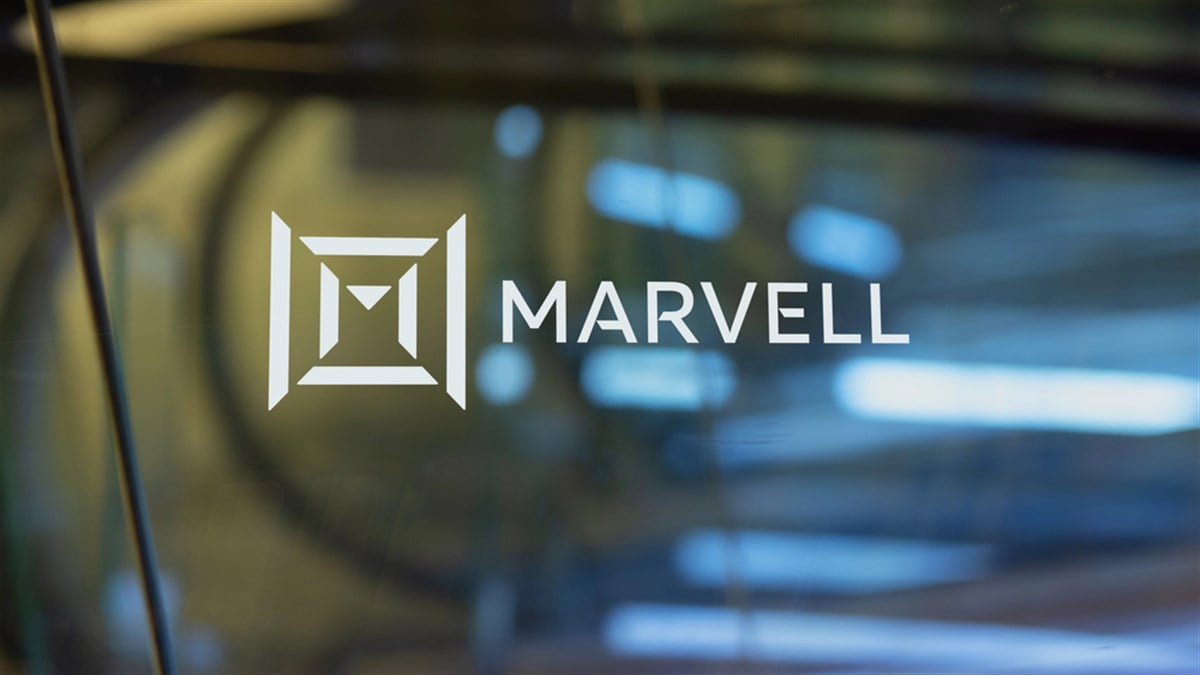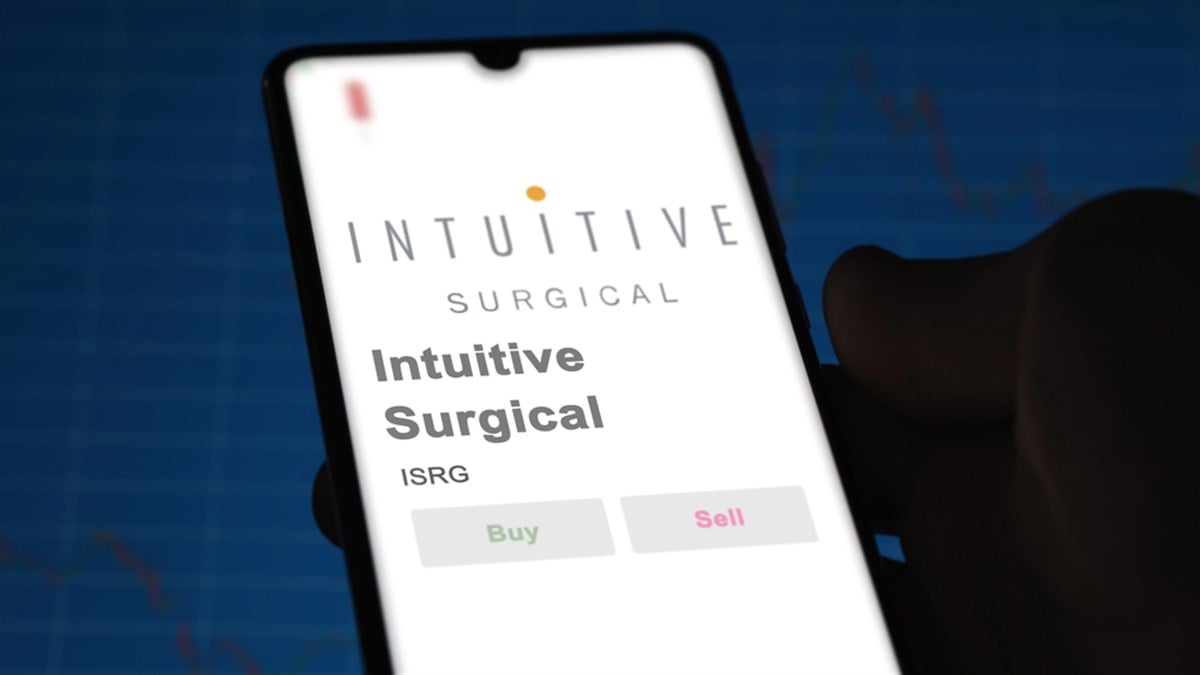Lithium Americas Stock Exploded Last Week—Here’s Why

Speculative stocks occupy a unique place in the market. Companies with solid fundamentals and long track records in resilient industries often dominate investor attention, especially those that consistently return capital through dividends. From time to time, however, early-stage businesses with significant growth potential enter the conversation, even when they have not yet reached the revenue stage.
Lithium Americas (NYSE: LAC) illustrates this dynamic well. Three years ago, the company signed an exclusive agreement with General Motors (NYSE: GM) to form a joint venture for co-ownership and operation of the Thacker Pass lithium mine. Located in Nevada, it represents the largest known lithium deposit in the United States and one of the largest worldwide, with the potential to supply up to 25% of global lithium demand.
There is no denying the evolving electric vehicle (EV) trend. Companies up and down the EV supply chain are aligning themselves for future success. But with Thacker Pass not slated to open until 2028, that success appeared to be in the distant future for Lithium Americas. That was until last week, when an unexpected catalyst sent shares of LAC surging.
The Trump Factor That Sent Lithium Americas’ Stock Soaring
Lithium Americas is a pick-and-shovel play. It isn’t involved in the manufacturing of an EV end product. Instead, as an ancillary business, it intends on making use of the Thacker Pass’s abundant lithium reserves as part of the EV battery supply chain. Although lithium prices are well off their five-year high, steadily increasing demand as a consequence of rising EV adoption paints a bullish picture.
But that picture remains years away from materializing for LAC. Instead, the impetus for last week’s price surge came directly from the White House. And no matter how promising a company’s future may be, few developments spur rallies quite like the president expressing an interest in taking a stake in a publicly traded company.
That’s exactly what happened when, on Aug. 22, President Trump announced that the United States would be assuming 10% ownership in Intel (NASDAQ: INTC). Since the announcement of that $8.9 billion investment, INTC is up more than 39%.
And that’s what happened again, when on Sept. 23, reports emerged indicating that the Trump administration was negotiating a 10% equity stake in Canadian mining company Lithium Americas. With Trump and his advisors renegotiating the terms of Lithium Americas’ $2.26 billion Department of Energy loan, the market’s reaction sent shares soaring nearly 152% higher by the end of the week.
The move, which has rare bipartisan support in D.C., is viewed as strategic to national security and as a means of reducing U.S. reliance on China, which is currently the world’s largest lithium refiner. Despite not having the world’s largest reserves, China’s notable investments in foreign mines, its extensive domestic processing infrastructure, and its wide-reaching adoption of EVs have put it well ahead of the pack in lithium processing.
By some estimates, the country processes between 67% and 72% of the global supply. The Trump administration’s Lithium Americas move looks to change that.
While U.S. EV Demand Is Struggling, It’s a Different Story Abroad
In the United States, the EV industry is at a crossroads and facing a daunting near-term future. Despite record sales in the first half of 2025, those figures dipped in Q2. Recently, they’ve begun to tick up again as the result of the EV tax credit—which provided up to $7,500 for new EV purchases and up to $4,000 for used eligible used EV purchases—expiring on Sept. 30 as a provision of Trump’s One Big Beautiful Bill, which was signed into law in July. That reversed the incentives set forth in the Biden administration’s Inflation Reduction Act.
But the EV industry is hardly a monolith, and demand outside of the United States is resilient and rapidly expanding. According to industry research consultancy firm Grand View Research, the global EV market, which was valued at $1.328 trillion in 2024, is forecast to undergo parabolic growth, reaching $6.524 billion by 2030. That would be good for a compound annual growth rate (CAGR) of 32.5% between this year and the start of the next decade.
While Asia Pacific was the largest market in 2024, the U.S. EV market is expected to grow at the fastest CAGR during the forecast period. That bodes well for Lithium Americas’ future. And even with analysts’ average 12-month price target representing nearly 18% potential downside from today’s share price, the long game is promising for this now-$1.39 billion market cap company.
Learn more about LAC


